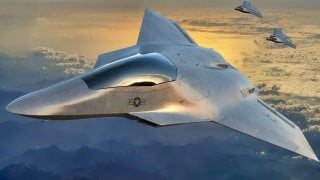Why the Air Force Needs NGAD ASAP
The U.S. Air Force has reaffirmed its commitment to the Next Generation Air Dominance (NGAD) program, crucial for maintaining air superiority against rising threats, particularly from China.
Summary and Key Points: The U.S. Air Force has reaffirmed its commitment to the Next Generation Air Dominance (NGAD) program, crucial for maintaining air superiority against rising threats, particularly from China.
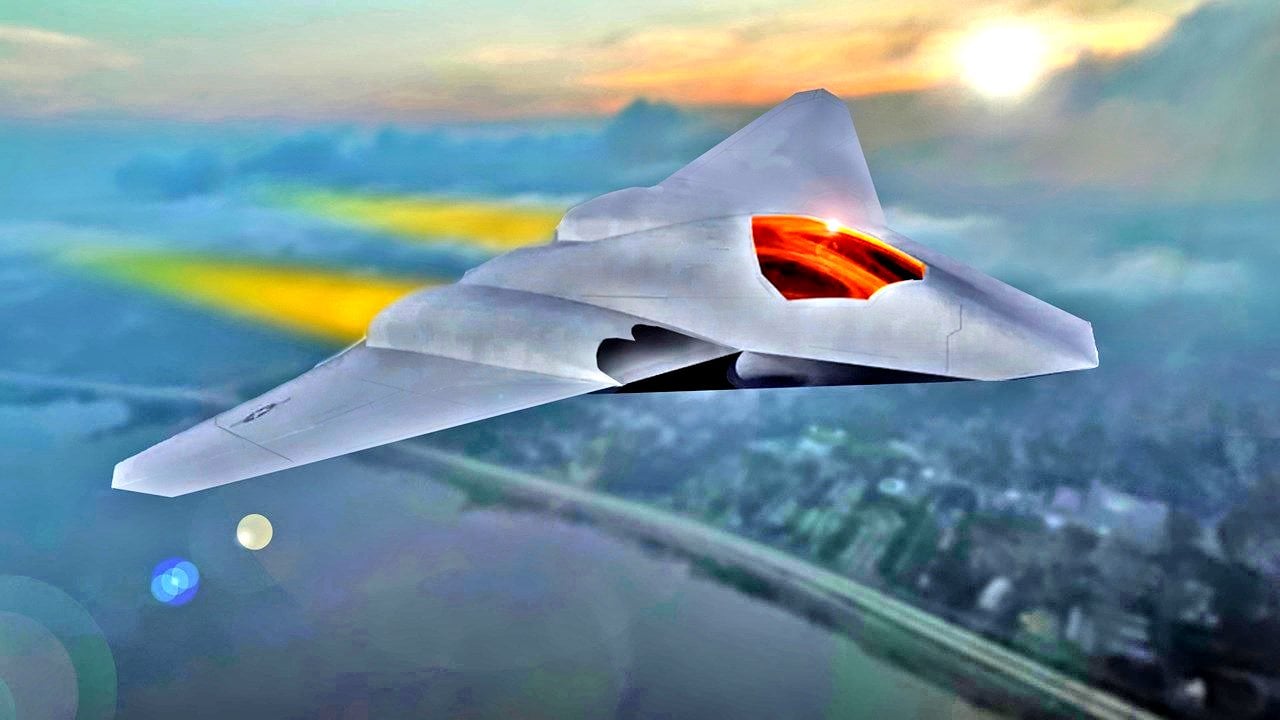
-NGAD aims to integrate advanced technologies, including a manned fighter aircraft and uncrewed combat aircraft, ensuring resilience and adaptability.
-As geopolitical tensions in the Indo-Pacific escalate, the program is vital for strategic deterrence. Despite budgetary challenges, prioritizing NGAD is essential to stay ahead of adversaries investing in advanced capabilities.
-The program's advanced design and sixth-generation features will redefine air dominance and secure U.S. air superiority into the 21st century.
Air Force Reaffirms Commitment to NGAD for Future Air Superiority
Following speculation that it may jettison its advanced next-generation fighter aircraft program, the U.S. Air Force recently reaffirmed its commitment to building the Next Generation Air Dominance (NGAD) program — the Air Force’s leading initiative to keep its weapon systems modernized in a manner that effectively deters adversaries, particularly the People’s Republic of China.
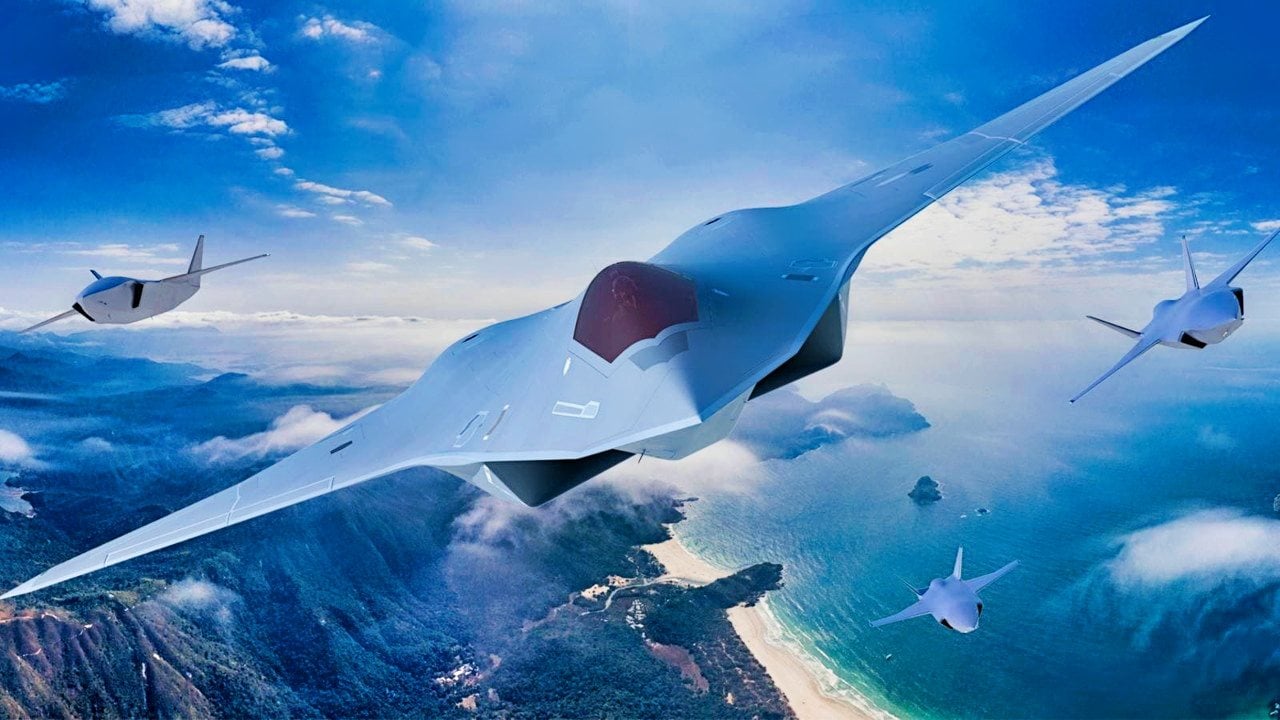
This is welcome news. NGAD incorporates cutting-edge technologies that ensure adaptability and resilience in the face of evolving threats. Moving forward, the Air Force must ensure it keeps the program on schedule, without weakening its critical elements to any degree.
With 34 years of service in the Air Force, I understand the importance of keeping our adversaries off balance. In the increasingly vital Indo-Pacific region, where geopolitical tensions are high, strategic interests clash, and China is aggressively asserting its influence, air superiority is not just beneficial—it's a necessity.
China presents a particularly unique challenge the force. As Air Force Secretary Frank Kendall succinctly stated, "China is by far our pacing challenge."
China's advancements in military prowess, particularly with their research and development of sixth-generation fighter aircraft technology, are a top concern for U.S. strategic planners. The Chinese have committed significant resources to boosting their military might, and while there's some skepticism about whether its Air Force’s new sixth-generation system will be as advanced as the country’s leaders say, the imperative is clear: The United States must secure peace through strength by creating a new program that not only matches but exceeds China’s current ambitions. NGAD is that program.
NGAD, with its forward-looking design and strategic integration, aims to complement the U.S.’ existing air dominance force structure while providing a deterrent force that matches and surpasses any potential threat. As an integrated family of systems to include an air superiority manned fighter aircraft supported by uncrewed, collaborative combat aircraft,), it will redefine air dominance and ensure air superiority well into the 21st century.
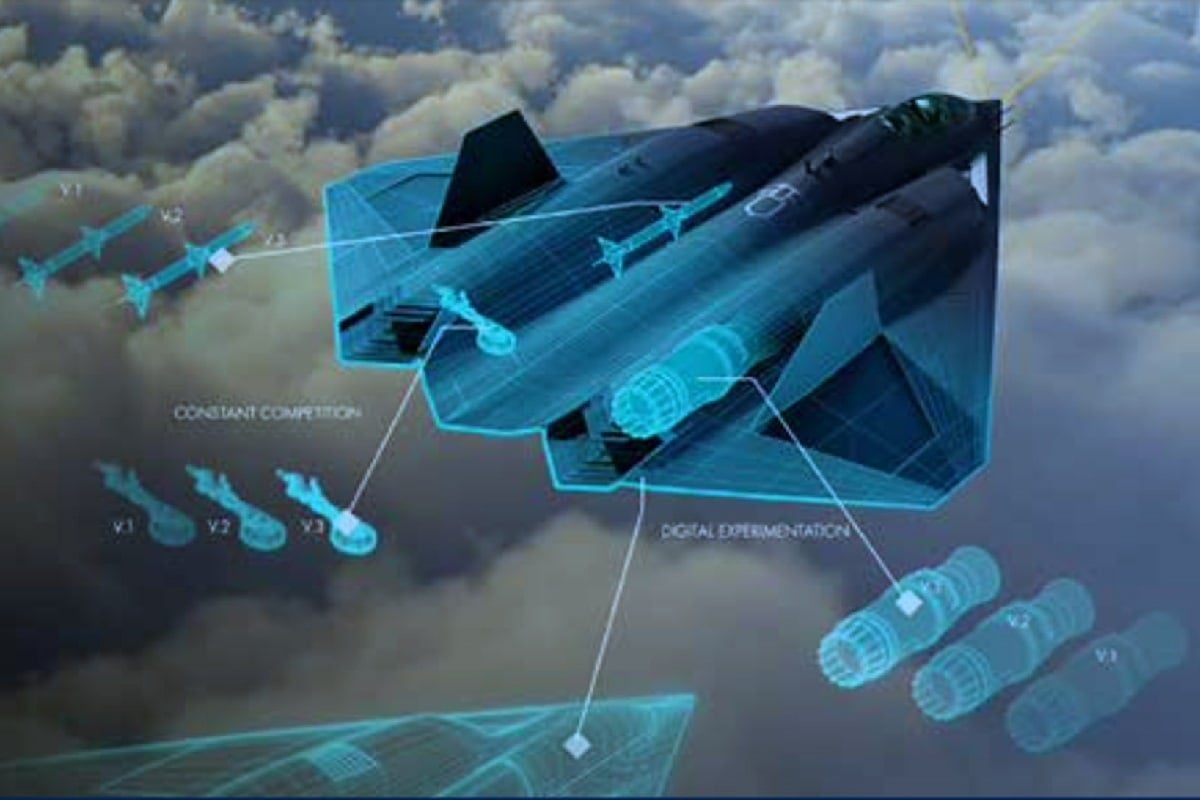
Some argue that there is no need to develop a new system; that the U.S. should just continue to use its existing combat aircraft. However, today's adversaries, particularly China and Russia, present vastly different challenges from the past conflicts that the U.S. developed those aircraft to address. America’s new adversaries are actively investing in advanced technologies and capabilities. Prudence dictates that we take them at their word and relentlessly endeavor to get there first with new and better innovation. NGAD, with its highly advanced design, sixth-generation stealth features, and other robust capabilities, has all the new characteristics the U.S. will need to stay ahead.
The U.S. Air Force faces a daunting task — balancing fiscal responsibility while maintaining technological superiority. Unfortunately, budgeting is a zero-sum game — the more you commit to one program, the less is available for others. However, our military planners should always look toward future battlefields, and with that mindset, I believe NGAD should be a top priority for the U.S. military.
Asymmetric, exquisite capabilities have never been inexpensive, and it is unreasonable to expect that the core items of the NGAD would be any different. The good news is that capabilities of this nature (e.g., the Air Force's newest bomber, the B-21 "Raider") do not have to be acquired in significantly large numbers to have an out-sized strategic impact.
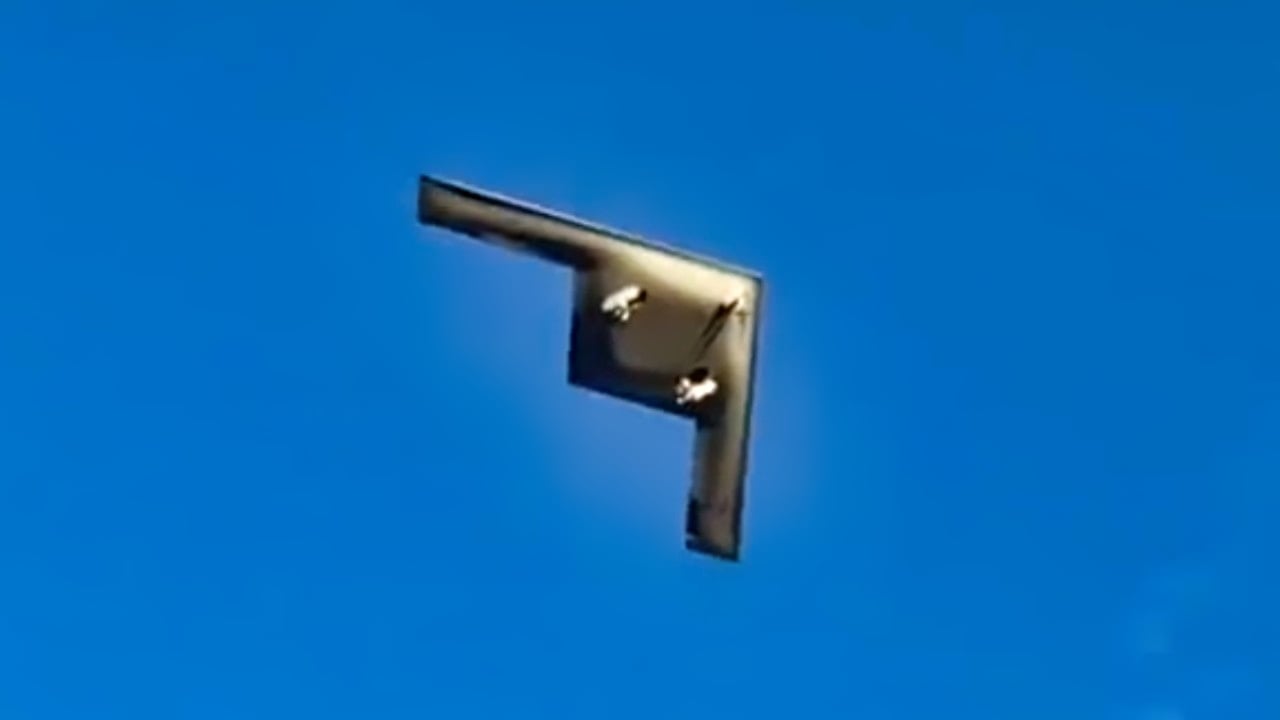
I am pleased to see the Air Force recognizing such and remaining steadfast in its commitment to the NGAD. I hope it continues to keep this vital program at the forefront of its priority list. When we're called upon to fly, fight, and ultimately win, this program will prove indispensable in keeping America safe.
About the Author
Lt. Gen. Richard Newton (U.S. Air Force, ret.) capped his 34-year military career as the Assistant Vice Chief of Staff and Director of the Air Staff, Headquarters, U.S Air Force, Washington, D.C. until June 2012. After he transitioned from the Air Force, he served as Executive Vice President of the 100,000-member Air Force Association in Arlington, Virginia. His vast experience in the U.S. Military includes serving as the Air Force Deputy Chief of Staff Manpower, Personnel and Services, the senior Air Force official responsible for the comprehensive plans and policies for nearly 670,000 military and civilian Air Force members.
This article was first published at RealClearDefense.
All images are Creative Commons and/or Shutterstock.


